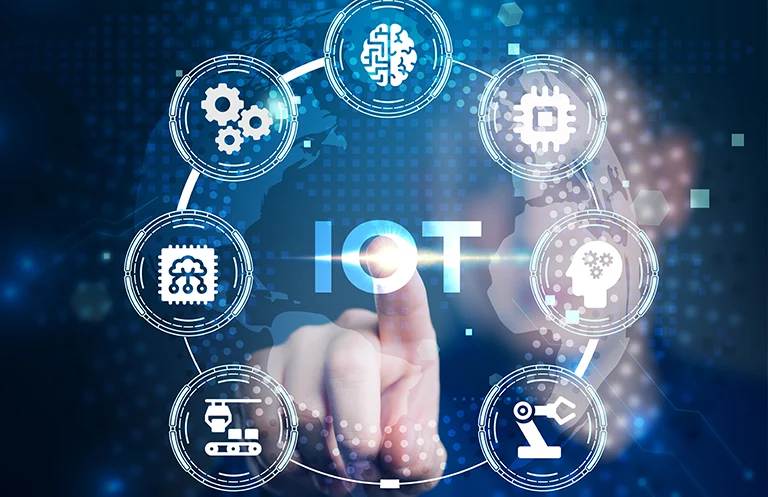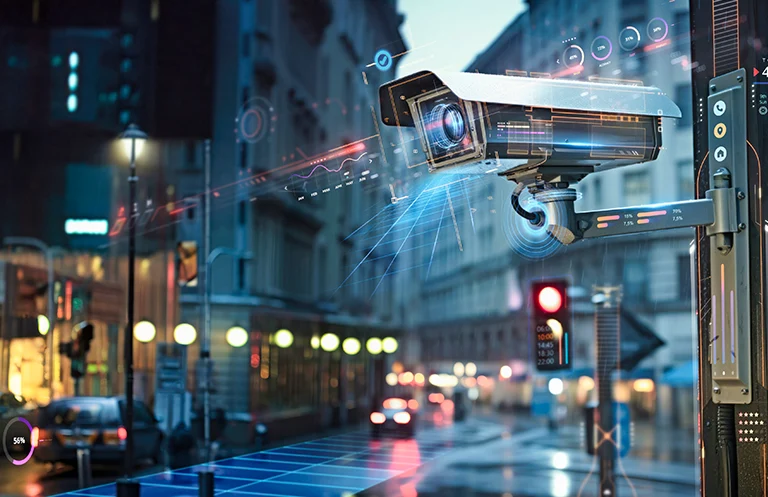The advent of latest technologies has created a whole new paradigm for the healthcare industry as electronic devices make access to healthcare cheaper and more effective. It is now possible to expand the reach of doctors to places that are remote or inaccessible via technologies like telemedicine and remote patient monitoring.
Robotics is yet another trend which is redefining the world of healthcare. As per the research agency Markets and Markets, the medical robotic systems market is expected to grow at a CAGR of 16.1% in five years from 2013 to 2018. This market was valued at $1,781 Million in 2013 and is expected to reach $3,764 Million by the year 2018. The medical robotics market is broadly classified into orthopedic, neurosurgical, laparoscopy and steerable catheters surgical robots.
Today, every platform vendor, be it Texas Instruments, Freescale, NVidia, Qualcomm has started focusing on the growing robotics market. TI 66AK2Ex, AM57, AM35xx, Freescale i.MX6, NVidia Terga, Qualcomm Snapdragon 600, 801 are some of the major vendor chipsets available in the market today – eInfochips has a valuable partnership with all these vendors. Here in this blog, I have tried to cover some important aspects of medical robotic hardware design and how they have been impacting the product success. My major focus had been to articulate parameters that have to be taken into consideration before moving ahead with any medical robotic design.
Electro-mechanical Design Considerations
Robotic designs for healthcare applications are highly complicated as they need a high level of design precision. Every aspect of design needs to consider the minutest detail of all procedures that would be carried out by the robot. Electro-mechanics form an integral part of the robot’s working, all controlling patterns and algorithms being managed via electro-mechanical designs. This involves creating maximum possible design specifications and formulating test case scenarios before moving ahead with the design phase. Rigorous filed testing strategy formulation is highly recommended before using any robot for surgical procedures.
Intrinsically safe electronic design
As medical robotic procedures are carried out in high proximity of patients, creating an intrinsically safe electronic design is another important critical parameter. The robotic design needs to be low on thermal, electrical or electromagnetic interference emissions. The hardware design needs to pin-point the placement of components while ensuring minimal current dissipation losses. The choice of exterior material needs to be such that it can withstand any such dissipations/emissions and safeguard patient from harmful effects of these radiations.
Electric Discharge and internal wiring
As robots work on electrical current and have metal parts as well, the provision of safeguarding from electric shocks should be of prime importance. Electric discharge can be created due to electromagnetic flux on metal components or due to internal electrical wiring faults. Hardware design needs to ensure that safeguards are taken with covering each metal part with plastic enclosures and chances of such shocks are nullified.
Choice of Chipset
Choice of chipset is another hardware design parameter that needs enough consideration. A processor should be able to carry out all functions properly with low heat dissipation. The MTBF of processor is of prime importance and should be as long as possible to ensure robots don’t mess-up things while doing surgical procedures. A processor needs to integrate with multiple sensors in a medical robotic application and it should have on-board support for these sensors so as to minimize multiple external connection tags.
Sensor Integration
A robotic device has multiple sensors for onboard intelligence. It is these sensors which determine proper functioning of robotic moments and enough care should be taken to select best in class sensors. The sensor placement is another important aspect that is of utmost importance, proper placement ensures that the sensors are fed with right information to process. Motion, temperature, light, pressure, 2D/3D image, torque, collision detection and safety sensors are some major sensors used in medical robotics.
Integration with Cloud
Integration with cloud has been very popular trend in medical robotics. Controlling robotic movements via cloud, fetching patient data for BI/Analytics are some of the major application areas where cloud integration is finding its value. Hardware design needs to consider ways to interact directly with cloud via Ethernet.












